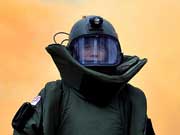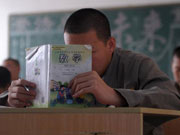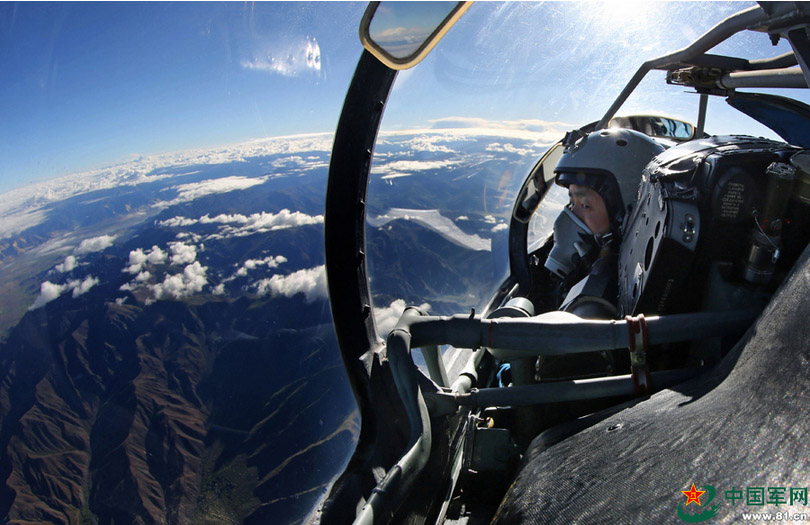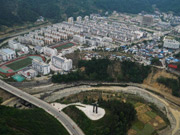On May 20 2014, three volunteers from Beijing University of Aeronautics and Astronautics (BUAA) walked out of their closed lab - "Moon Palace 1" - after a 105-day experiment which was a resounding success.
Significant for the safety and quality of life of astronauts
According to Liu Hong, chief scientist and professor of the biology and medical engineering school of BUAA, and chief designer of Moon Palace 1, the complete term for the vessel is "earth-based experimental unit for a closed ecological system used for life support in a moon base". This is an artificial enclosed ecological system composed of plants, animals and microorganisms. The essentials for human life, such as oxygen, water and food, can be recycled and regenerated in the system, so as to provide the astronauts with an environment similar to the earth.
Moon Palace 1 is composed of one comprehensive cabin and two plant cabins, with a total area of 160 square meters and a total volume of 500 cubic meters. It is China's first and the world's third bio-regenerative life support base. It will play a significant role in China's manned moon-landing, in setting up a moon base, and in carrying out future Mars exploration projects and other space programs.
100 percent of the oxygen and water were regenerated
According to Liu Hong, the core of Moon Palace 1 is the Bio-regenerative Life Support System (BLSS), the most advanced closed loop life support technology yet developed, and one that can ensure the long-term survival of astronauts in outer space.
During the experiment the three volunteers planted five grain crops, fifteen vegetables, and one fruit in the plant cabin. They harvested the grain, vegetables and fruit, and processed and ate them. Inedible material was used to raise mealworms as a source of animal protein. Human waste, food residue, and other byproducts were treated by bio-techniques and used for plant cultivation.
In the comprehensive cabin, the carbon dioxide produced by the volunteers and any animal and rubbish processing was purified and sent to the plant cabins for photosynthesis, while the oxygen-enriched air produced in the plant cabins was sent to the comprehensive cabin to provide an atmosphere for breathing, and for rubbish processing. 100 percent of the oxygen and water and 55 percent of the food were recycled and regenerated within the system.
The article is edited and translated from《“月宮一號(hào)”試驗(yàn)成功》, source: People's Daily, author: Dong Hongliang.
 |

 16 Chinese films with a Cannes Award
16 Chinese films with a Cannes Award Best photos of the week (May 5 - May 11)
Best photos of the week (May 5 - May 11) Opening ceremony of 67th Cannes Film Festival
Opening ceremony of 67th Cannes Film Festival Silent world of EOD personnel
Silent world of EOD personnel Who is China's campus beauty queen?
Who is China's campus beauty queen? School for juvenile offenders behind bars
School for juvenile offenders behind bars Dance competition in Guizhou attracts more than 3,000 enthusiasts
Dance competition in Guizhou attracts more than 3,000 enthusiasts Golden wedding celebration in Chongqing
Golden wedding celebration in Chongqing China's J-11 fighters in actual-combat training
China's J-11 fighters in actual-combat training Six years after Wenchuan earthquake
Six years after Wenchuan earthquake 
Day|Week|Month